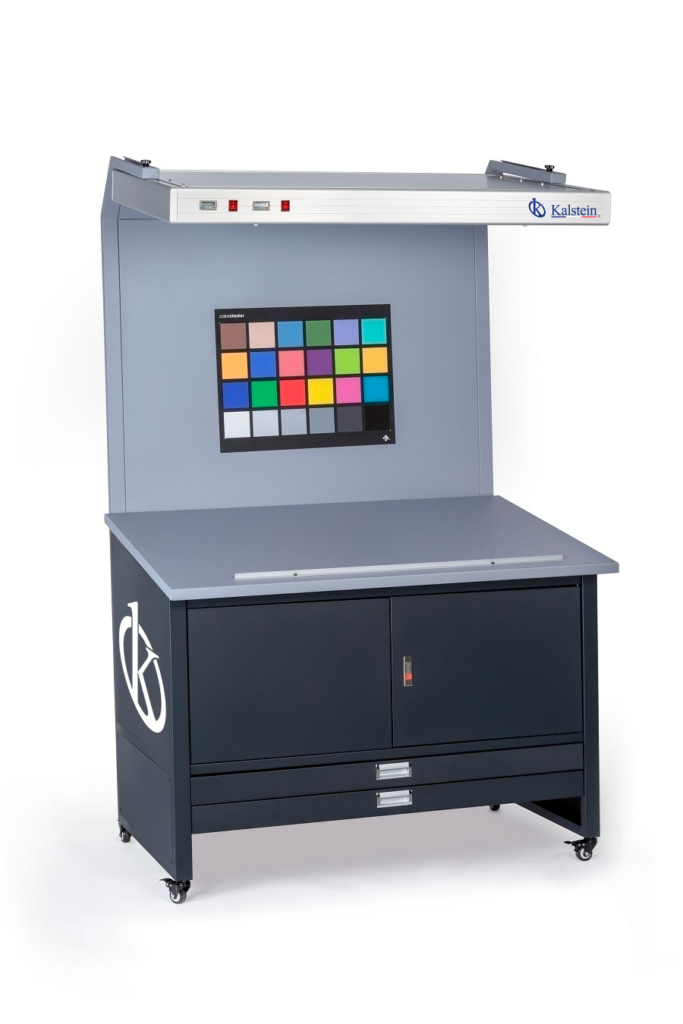The ideal tool for complex color analysis is the use of color evaluation boxes, which determine the spectral illumination on each wavelength of any product, its accuracy is much greater and its range of applications is much wider. Similarly, color evaluation boxes are necessary instruments for professionals who support their research into precision product analysis, thanks to the advantages this tool brings, particularly in the laboratory, for precise color management of samples. As a result, these units have functional mechanisms and operating systems that support their functions, with important and specific features.
Case functions
Depending on the needs of each user, color evaluation boxes ensure that the person observing the product has the same color capture, even under different lighting conditions. Incidentally, the light sources of a color evaluation box include artificial daylight (D65), typical office, store and exhibition lighting (TL84), domestic lighting (A) and D65 with UV component, defined according to D65. In addition, colored boxes are a light source with an additional UV source.
Similarly, it’s important for the user to know that the color evaluation box is only needed if he wants to check or make visible artificial polishes on the material, and normal color checks don’t require the box to include a UV light source.
On the other hand, lighting is a fundamental factor in the functions performed by color evaluation boxes, and this is because the color of an object can appear differently under different types of light. This variable often leads to inconsistencies between the color of the sample and the standard color. For this reason, it is necessary to standardize lighting conditions to maintain consistency.
- Maintain standardized lighting conditions, calculating samples in the controlled environment of a display box.
- Apply the same illumination source in the box, as the light source that will be used where the object will be shown.
- To avoid influencing the appearance of the color of the sample, it is necessary to switch off the entire lighting system, if possible, except for the light source inside the evaluation box.
Identifying color differences from an evaluation box
The description of an object, which equals color under the same light source or set of visual circumstances, but differs under other conditions, is called metamerism. And by the assessments, it is necessary to carry out visual and instrumental appreciations, to calculate the samples, under two or more different light sources, such as daylight (Standard Illumination D65) and incandescent light (Standard Illumination A).
Thus, the steps for identifying metamerism, through visual testing, are taken into account:
- Place the samples in the evaluation box, under a light source, and compare them visually.
- Change the light source (e.g. from D65 to A) and compare the two samples to see if they are equal in color.
- If the samples are equal under one light source, but not under another, then they are considered a metameric pair.
For this reason, to confirm that samples are metameric, an instrumental test must be carried out, using a spectrophotometer, because, and In cases where samples do not have the same exact color as the standard under all lighting conditions, it is important to identify metamerism and keep it to a minimum, in order to define the appropriate color tools and processes.
Kalstein Color Evaluation Box
At Kalstein, we manufacture the finest medical equipment and are trained to offer you excellent quality products, with the best state-of-the-art technology our customers can benefit from. We have the YR model color evaluation boxes, with general features such as: The TILO color light box reproduces color with greater accuracy. With 6 different light sources (D65, TL84, CWF, TL83/U30, F, UV). It meets or exceeds the main international standards for visual color assessment, including: ASTM D1729, ISO3664, DIN, ANSI and BSI. Easy to operate using individual switches for each light source. Elapsed time to track optimal lamp replacement. Automatic alternation between light sources.
For further information, please consult our catalog HERE

